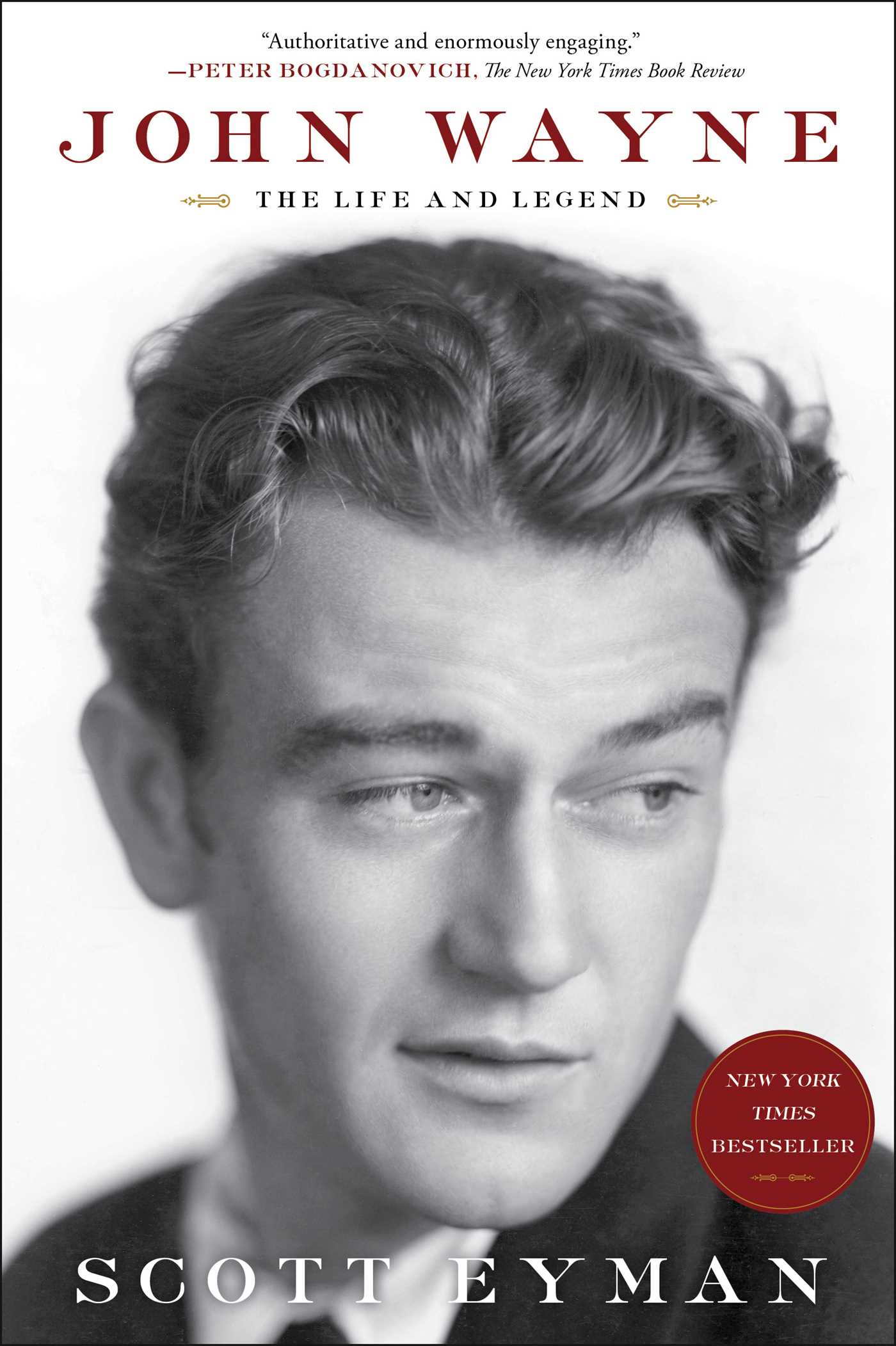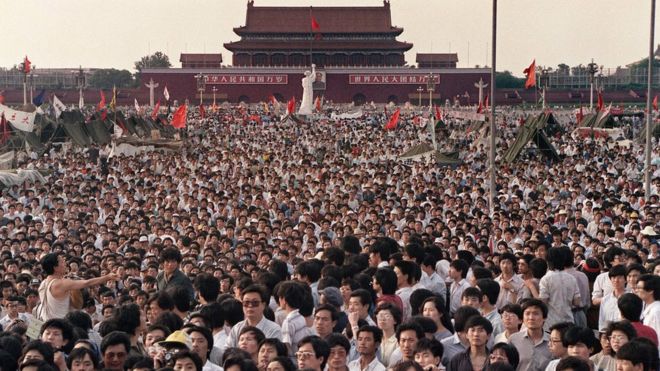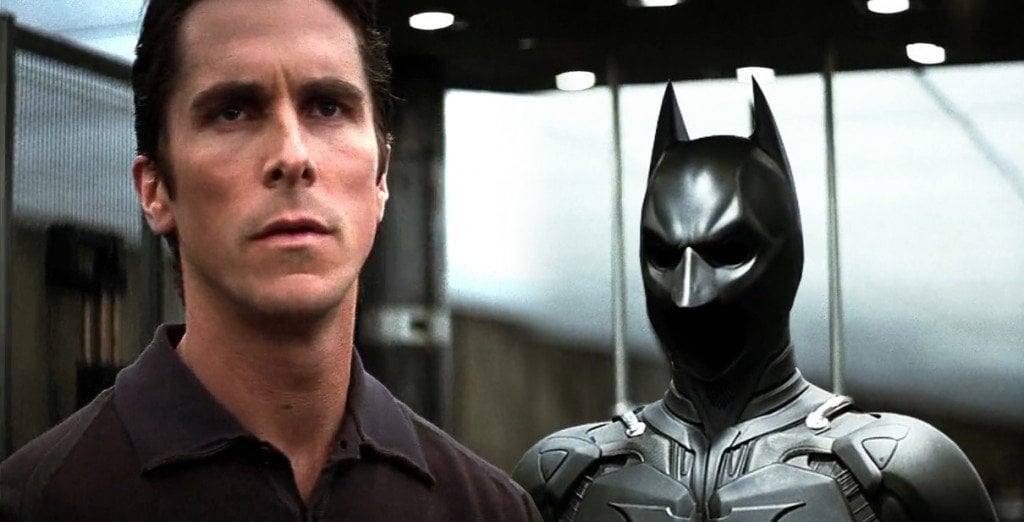
Fans of the short running TV show “Community” will remember
an episode where Troy (Donald Glover) meets his childhood idol Levar Burton who
played Geordi LaForge on Star Trek.
The meeting doesn’t go well. Burton peppers Troy with questions about his
interests. Troy goes numb with nervousness; he can’t even speak. His fear of
being disappointed paralyzes him. He only really wanted a picture because “You
can’t be disappointed with a picture”.
I wouldn’t say John Wayne is an idol to me but I have put up posters, bought special editions and collections. I also read an engaging biography that covers everything Wayne.
It’s by Scott Eyman and I recommend it if you’re at least a little interested
in old Hollywood. Most people have a
favorite John Wayne movie, for me it’s True
Grit. Most of the John Wayne movies I watched as a kid were from his later
years, The Sons of Katie Elder, Big Jake, The Searchers. Even now I can’t bring myself to get through the old
ones like Angel and the Badman and Stagecoach. Sure they’re masterpieces
but it was too long ago. We started making movies with better action, lighting,
and story in the 50s. It’s gotten better since then. Comparisons between movies
are made within eras for a reason.
Most people know that John Wayne was actually born Marion
Michael Morrison in Iowa and came West with his family in 1914. He played
football at USC for a few years, but stopped after breaking his collarbone
bodysurfing. Wayne owes his success (and his name change) to legendary director
John Ford, who used him as an extra on some early sets and cast him in small
roles. Stagecoach was his first break
and the one that made him a star. A lot of his cowboy roles that followed feel
like some version of the same solitary man, tall in the saddle, white Stetson.
Some of his non-cowboy and non-military roles feel forced. That was my
impression anyway. Wayne just became so intertwined with those cowboy
characters it felt odd that he should do anything else. He did countless throw away Westerns from 1932
to about 1949 when She Wore a Yellow
Ribbon hit the screen. Yellow Ribbon saw more commercial success than the
others.
You get a sense that studios cranked out films the way TV
networks cranked out game shows in the 60s, with a focus on quantity over
quality. But actors on studio contracts worked hard and didn’t make a lot. Even
in post war America the top stars were mostly on studio contracts which
required them to make, sometimes, 3 or 4 movies a year. That’s a lot for A list
actors today. A few can manage a heavy load, Samuel L Jackson comes to mind.
But making a lot of copy and paste westerns didn’t translate to big bucks. More
work from on screen talent meant more profitability for MGM or Fox or RKO.
Eyman’s book is as much an early history of Hollywood and the
studio system that trained actors (called properties) and bought and sold their
rights like commodities. After 1948 the big studios had to pay stars to make
their films. The Supreme Court ruled that studios were essentially monopolies
with their vertically integrated set ups. Studios like Paramount and Fox owned
the production, distribution and exhibition of films, a violation of antitrust
laws. The decision changed everything about how movies were made.
It
swung the power to stars and away from executives. It also coincided with the
rise of John Wayne’s American cowboy aesthetic. He started his own production
company to retain creative control of much of the films. Called Batjac
Productions it financed most of his movies from 1952 to 1974. He wasn’t a good
businessman though and lost a lot of money on The Alamo. The grandness of the picture caused budget overruns and
scheduling nightmares. It ended up costing a massive chunk of his personal
wealth.
There is a lot in there about Wayne’s marriages, divorces,
and affairs. A heavy drinker and gambler, his lifestyle choices and work
schedule created tension with his relationships. His second wife, a Mexican
actress, even tried to shoot him after he came home late from a movie set. She
thought he was sleeping with the female lead, he denied it. He had health problems
early on due to chain smoking; one source said 6 packs a day. Is that even
physically possible? He had his left lung removed in 1964 after cancer
diagnosis and struggled to move around freely after that.
A registered Republican, he was an active anti-Communist
crusader and lifelong patriot. He also gave an interview to Playboy magazine
where he made it sound like blacks needed to be supervised until they could be
trusted to run their own affairs. It seemed like a cheap shot to interview an old man and poke fun at his answers. A lot of his views are embarrassing nowadays
but not far outside of his time.
It’s common today to hold historic figures to
a modern standard of cultural sensitivity. The Yankees quit playing Kate
Smith’s version of “God bless America” due to a nasty song she wrote about
blacks in the 1930s. It’s an impossible standard that no one can hope to rise
above. Part of the problem with having “idols” is defined in the word. People
aren’t idols they’re flawed, so what. How long until networks start pulling
down the Duke’s films?
At least on some
level we should separate art from personal affairs. Each case is different and
some individuals are closely linked with what they do. For most of us, drawing
a line between an actor’s politics and their movies is part of the exchange. We
don’t assume the actor behaves the way the character would.
Old Westerns in particular represent an idealized vision of
truth and justice, good versus evil. Clear understandings of right and wrong
cut through fuzzy notions of human existence and moral relativism. They were
never meant to be historically accurate portrayals of a person or a time. They
are simple stories about courage, redemption, betrayal. They reinforce what we
know to be true about human nature, that it’s hopelessly wicked, in need of
saving.
Scott Eyman writes a fascinating, detailed biography of an
American icon and educates the reader about old Hollywood in the process. He
lets us see John Wayne the actor, husband, father and businessman. We get the
good, bad and indifferent in chunks, told through an illustrious film career.
Whether the Duke is an idol or just another actor, you’ll understand how John
Wayne became a genuine piece of Americana.
I like this quote from the reporter in The Man Who Shot Liberty Valance, “This is the West Sir, when the
legend becomes fact, print the legend.”
And so it is we print the legend. . . and hang it on the wall.







